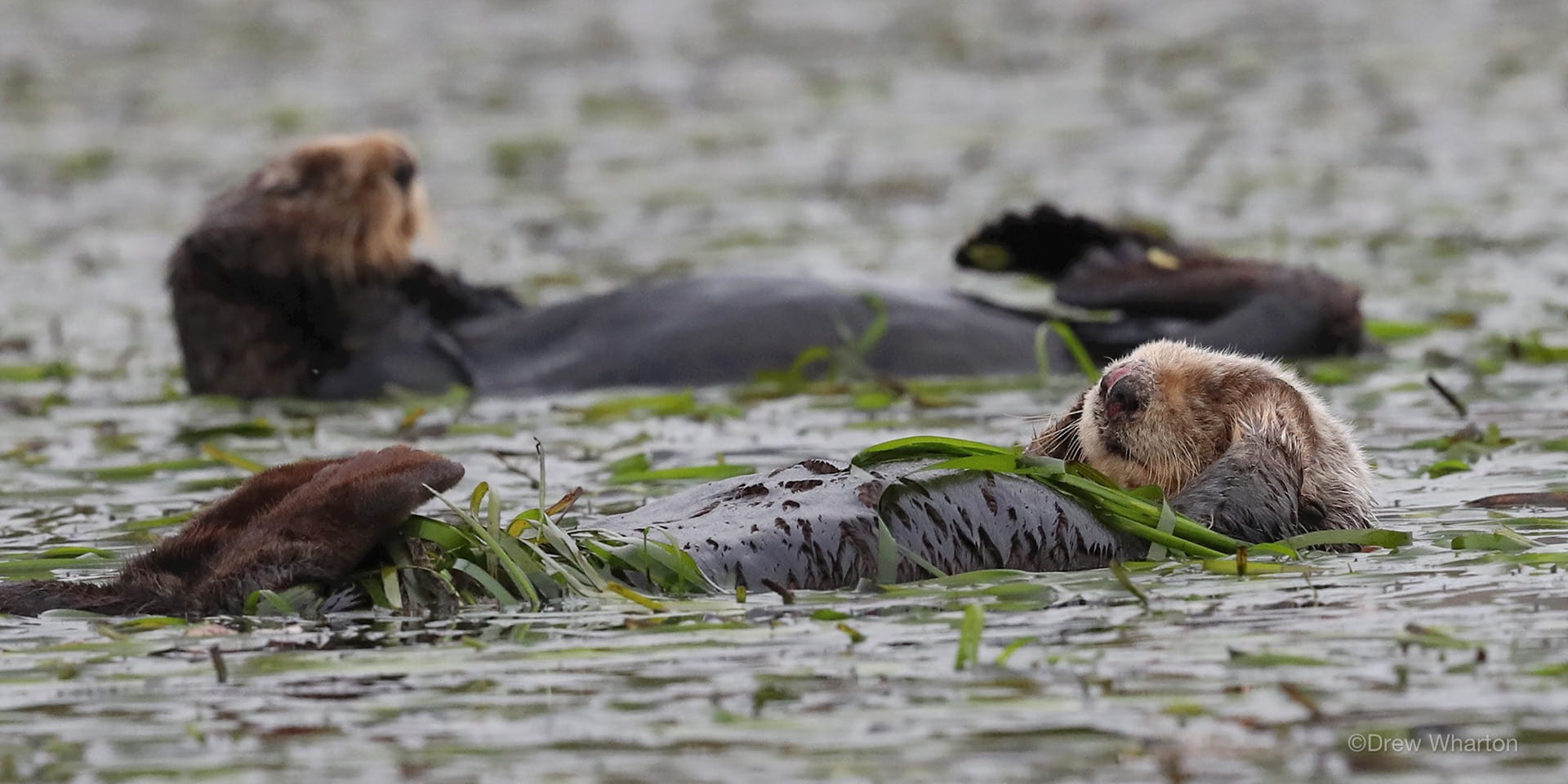
Climate Change
We are interested in the role of species interactions in driving ecosystem response to climate change as well as the role of animals in mediating the carbon cycle.
Relevant Publications
Wilmers, C.C., Estes, J.A., Laidre, K.L., Edwards, M. & Konar, B. 2012. Do trophic cascades affect the storage and flux of atmospheric carbon? An analysis for sea otters and kelp forests. Frontiers in Ecology and the Environment. (PDF)
Post, E., Brodie, J., Hebblewhite, M., Anders, A.D., Maier, J.A.K. & Wilmers, C.C. 2009. Global population dynamics and hot spots of response to climate change. BioScience. 59: 489-497. (PDF)
Post, E., Pederson, C., Wilmers, C.C. & Forchammer, M.C. 2008. Warming, plant phenology and the spatial dimension of trophic mismatch for large herbivores. Proceedings of the Royal Society B. 275: 2005-2013. (PDF)
Post, E., Pederson, C., Wilmers, C.C. & Forchhammer, M.C. 2008. Phenological sequences reveal aggregate life history response to climatic warming. Ecology 89: 363-370. (PDF)
Wilmers, C.C. 2007. Understanding ecosystem robustness. Trends in Ecology and Evolution 22: 504-506. (PDF)
Wilmers, C.C., Post, E. & Hastings A. 2007. The anatomy of predator-prey dynamics in a changing climate. Journal of Animal Ecology 76: 1037-1044. (PDF)
Wilmers, C.C., Post, E. & Hastings A. 2007. A perfect storm: the combined effects on population fluctuations of auto-correlated environmental noise, age structure, and density dependence. American Naturalist 169: 673-683. (PDF)
Wilmers, C.C., Post, E., Peterson, R.O. & Vucetich, J.A. 2006. Predator disease out-break modulates top-down, bottom-up and climatic effects on herbivore population dynamics. Ecology Letters 9: 383-389. (PDF) See accompanying “Research Highlight” article in Trends in Ecology and Evolution
Wilmers, C.C. & Post, E. 2006. Predicting the influence of wolf-provided carrion on scavenger community dynamics under climate change scenarios. Global Change Biology 12: 403-409. (PDF)
Wilmers, C.C., & Getz, W.M. (2005). Gray wolves as climate change buffers in Yellowstone. PLoS Biology 3: 571-576. (PDF)

